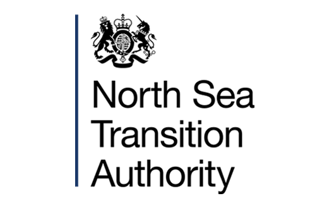
The North Sea Transition Authority is committed to ensuring the economic recovery of UK oil and gas and to enabling the achievement of the UK Government’s commitment to reach net zero emissions by 2050.
Decommissioning and repurposing are key enablers of the energy transition. We work with industry to minimise the cost and greenhouse gas impact of decommissioning; and support the repurposing of infrastructure particularly in advancement of energy transition opportunities.
Owners of oil and gas infrastructure, including wells must make sure that decommissioning is carried out cost effectively, in accordance with regulatory requirements and consistent with OGA Strategy. This includes engaging with the NSTA during the late life operating phase to identify whether there is a decommissioning or repurposing destination
The NSTA is also the regulator for onshore and offshore well activity including well decommissioning. Specific requirements for wells are outlined in offshore production licences and licensees must have consent from the NSTA prior to drilling, suspending, and decommissioning a well.
Decommissioning activity is intensifying in the UKCS, offering significant value and providing global export opportunities for the UK supply chain. Expertise and efficiency are increasing and collaborative working across the industry could deliver significant results.
Repurposing redundant offshore oil and gas infrastructure can provide value to industry and the UK, reducing waste and accelerating energy transition.
The NSTA Decommissioning Strategy describes our role and expectations for delivery of cost-effective decommissioning. The strategy highlights our four key focus areas.
- Planning for Decommissioning; Driving cost efficiency through effective late-life stewardship, creating a platform for timely delivery
- Commercial transformation: Improving market efficiency, establishing a competitive, sustainable market
- Supporting energy transition from late life into decommissioning: Reducing greenhouse gas emissions from decommissioning and capitalising on opportunities to reuse or re-purpose infrastructure
- Technology, processes and guidance: The development and deployment of technology, appropriate regulatory processes and clear guidance underpin delivery of the Strategy
The NSTA set a target for industry to achieve a 35% cost reduction in forecast decommissioning costs by 2022 against the 2017 baseline figure. Progress against the target is published annually in our cost estimate report.
The NSTA Decommissioning team works with operators to effectively steward their assets from late life and through the decommissioning phase with a focus on cost reduction, repurposing/reuse and collaboration. Stewardship Expectation 10 outlines the NSTA’s expectations for operators for cost effective decommissioning of their assets. The expectation outlines the NSTA ’s ‘Glidepath for success’ which should be used to frame the planning of cost-effective Decommissioning.

The NSTA also works with industry through the Decommissioning and Repurposing Taskforce which reports to the North Sea Transition Steering Group. The taskforce provides strategic direction, oversight and delivery of key projects to support the government to reach its Net Zero Target and delivery of cost-effective decommissioning.
Key Documents:
Further details on emerging decommissioning projects can be found on Energy Pathfinder. Further details on the NSTA’s decommissioning ambitions are set out in the Decommissioning Strategy and the UKCS Decommissioning Cost Estimate 2022.


